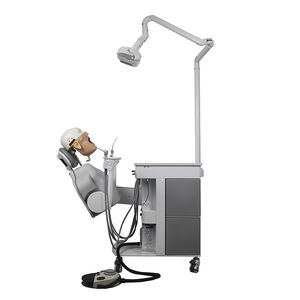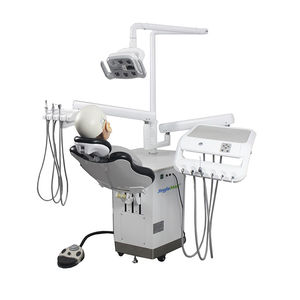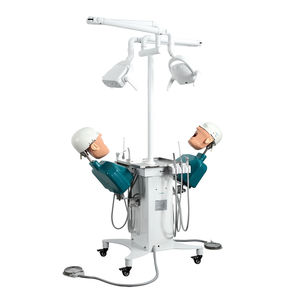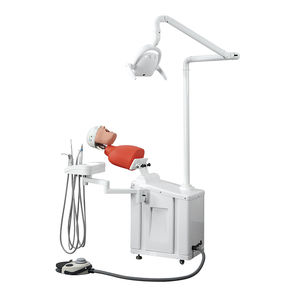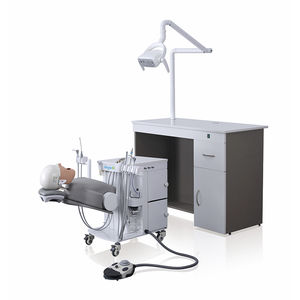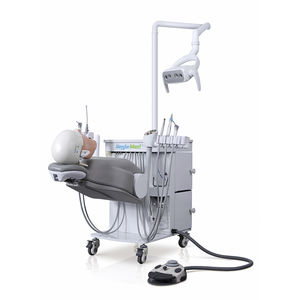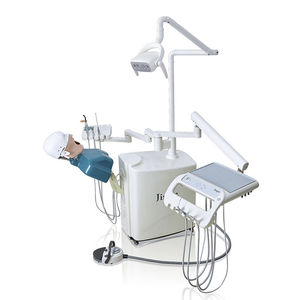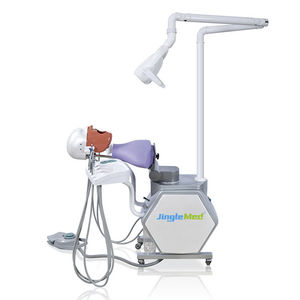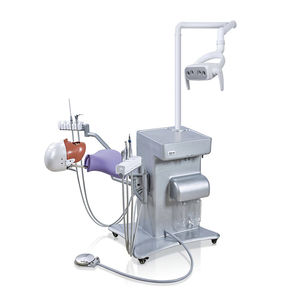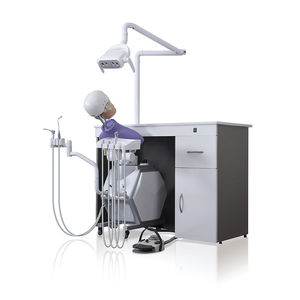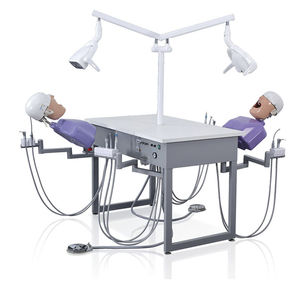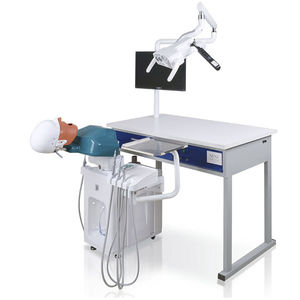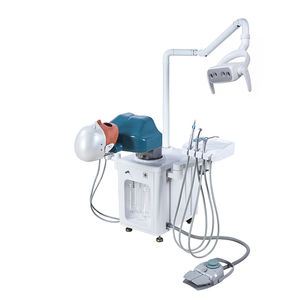
- Medical Technical Facilities
- Medical training
- Dental care patient simulator
- FOSHAN JINGLE MEDICAL EQUIPMENT CO., LTD
- Products
- Catalogs
- News & Trends
- Exhibitions
Dental patient simulator JG-A17headmobile

Add to favorites
Compare this product
Characteristics
- Application
- dental
- Form
- head
- Configuration
- mobile
Description
A movable electric dental simulator designed for university use would typically encompass the necessary features and functionalities required for comprehensive dental education and training. Here are some key considerations for a movable electric dental simulator suitable for university settings
1,Durability and Quality: The simulator should be built with durable materials to withstand frequent use and provide a long lifespan. It should meet high-quality standards to ensure reliability and safety during training sessions.
2,Mobility and Flexibility: The simulator should have a sturdy and maneuverable base with lockable casters or wheels for easy movement and positioning within the university dental facility. This allows for flexibility in classroom setups and utilization of training spaces.
3,Electric Chair with Adjustable Positions: The dental chair integrated into the simulator should be electrically adjustable, providing flexibility in height, recline, and patient positioning. This allows for realistic patient simulations and accommodates various training scenarios.
4,Comprehensive Instrumentation: The simulator should include a wide range of dental instruments and equipment commonly used in clinical practice. This may consist of air/water syringes, high-speed and low-speed handpieces, ultrasonic scalers, curing lights, and more. The instrumentation should be of high quality and mimic the functionality of real dental equipment.
5,Realistic Oral Cavity and Teeth: The artificial oral cavity should closely resemble the anatomical features of a human mouth, including teeth, gums, and tongue.
VIDEO
Catalogs
No catalogs are available for this product.
See all of FOSHAN JINGLE MEDICAL EQUIPMENT CO., LTD‘s catalogsExhibitions
Meet this supplier at the following exhibition(s):
Other FOSHAN JINGLE MEDICAL EQUIPMENT CO., LTD products
Dental Simulator
Related Searches
- Anatomy model
- Demonstration anatomical model
- Teaching anatomy model
- Demonstration simulator
- Surgical anatomical model
- Training manikin
- Bone anatomical model
- Intracranial anatomical model
- Surgical simulator
- Flexible anatomical model
- Denture model
- Transparent anatomical model
- Dental anatomical model
- Oral anatomical model
- Patient simulation unit
- Upper body training manikin
- Implantology anatomical model
- Silicone anatomy model
- Foam anatomical model
- Mandibular model
*Prices are pre-tax. They exclude delivery charges and customs duties and do not include additional charges for installation or activation options. Prices are indicative only and may vary by country, with changes to the cost of raw materials and exchange rates.


